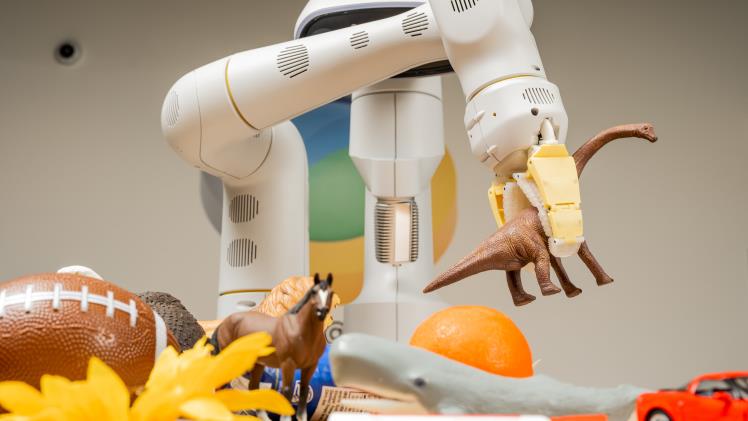The concept of humanoid robots has long been a staple of science fiction, with visions of androids seamlessly integrating into human society. However, this futuristic scenario is inching closer to reality thanks to significant advancements in artificial intelligence (AI), particularly in reinforcement learning. These breakthroughs can potentially bring humanoid robots into our daily lives, transforming industries and changing how we interact with technology.
The Power of Reinforcement Learning
Reinforcement learning (RL) is a type of machine learning where an AI system learns to make decisions by performing actions and receiving feedback in the form of rewards or penalties. This trial-and-error process allows the AI to optimize its behaviour to achieve specific goals. Unlike traditional programming, where rules are explicitly defined, RL enables AI to learn and adapt from its environment, making it particularly suited for complex and dynamic tasks.
In the context of humanoid robots, reinforcement learning can be applied to teach robots how to walk, manipulate objects, and interact with humans. Researchers have made substantial progress in developing RL algorithms that can train robots to perform these tasks with high proficiency. Robots can learn and refine their actions by simulating thousands of iterations in virtual environments before being deployed in the real world.
Bridging the Gap Between Virtual and Real Worlds
One of the critical challenges in developing humanoid robots is transferring skills learned in virtual simulations to the physical world. This “reality gap” arises because simulations, no matter how detailed, cannot capture every nuance of the real world. To address this, researchers are employing a technique known as “domain adaptation,” which helps robots adjust their learned behaviours to real-world conditions.
Advanced RL algorithms and domain adaptation techniques allow humanoid robots to bridge this gap effectively. By continuously learning and adapting to new environments, these robots can perform tasks with greater accuracy and reliability. This capability is crucial for deploying robots in varied and unpredictable settings, from homes and offices to factories and hospitals.
Applications and Implications
The potential applications of humanoid robots with advanced RL capabilities are vast and varied. In manufacturing, these robots can perform repetitive tasks precisely, reducing the risk of human error and increasing productivity. In healthcare, humanoid robots can assist with patient care, providing companionship and support to elderly or disabled individuals. They can also handle hazardous materials or perform surgeries with a precision that surpasses human capabilities.
Humanoid robots could revolutionize household chores in domestic settings. Imagine a robot that can cook, clean, and even care for pets. Such robots would provide convenience and improve the quality of life for people with limited mobility or busy schedules.
Ethical and Social Considerations
As humanoid robots become more integrated into society, addressing the ethical and social implications of their deployment is essential. Issues such as job displacement, privacy, and security must be carefully considered. While robots can take over mundane and dangerous tasks, there is a risk of significant job loss in specific sectors. Therefore, it is crucial to develop workforce retraining and education strategies to prepare for this transition.
Privacy concerns also arise with robots that can record and analyze data from their surroundings. To prevent misuse, robust data protection measures and clear guidelines for the ethical use of AI are necessary. Additionally, as robots become more autonomous, accountability for their actions becomes paramount. Legal frameworks will need to evolve to address these challenges effectively.
The Road Ahead
The journey to fully integrate humanoid robots into our lives is still ongoing, but the advancements in reinforcement learning represent a significant leap forward. As research continues and technology evolves, we can expect more sophisticated and capable robots to enter various sectors, enhancing efficiency and transforming our lives and work.
In conclusion, the combination of AI and reinforcement learning is poised to bring humanoid robots out of the realm of science fiction and into everyday reality. These technological advancements promise to revolutionize industries, improve quality of life, and reshape the future of human-robot interaction. However, it is essential to carefully navigate the ethical and social implications to ensure that the rise of humanoid robots benefits society.

